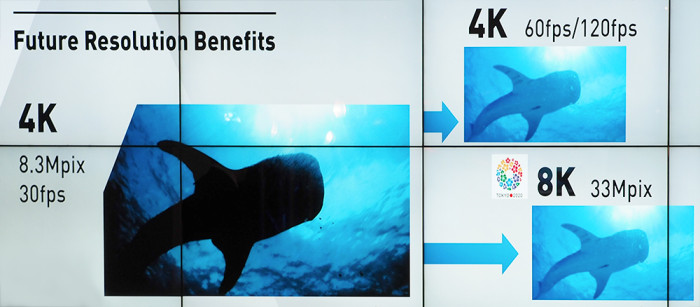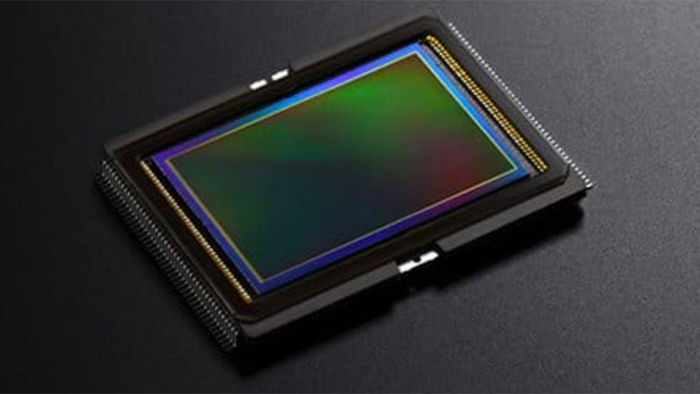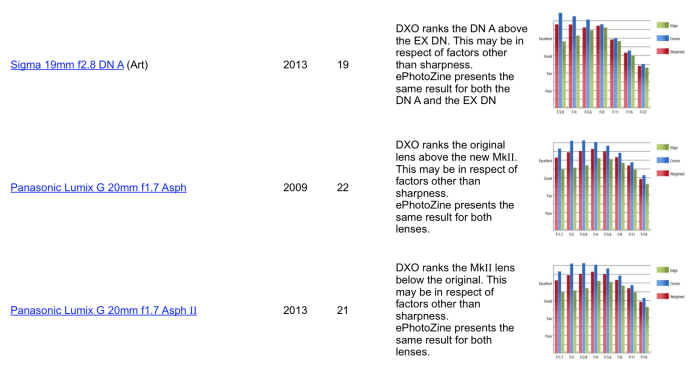Lenses for Micro Four Thirds compared.
43rumors reader Dave sent me a huge file (download the PDF here) whcih collects all the MTF charts from MFT lenses (Some of the MTF charts are from DxO and ePhotozine). Dave writes:
“The object of the exercise is to present the bulk of the Olympus, Panasonic and third party lenses for the Micro Four Thirds (mFT/m43) compact system camera mount in one place, grouping lenses that might be the subject of some comparison prior to purchasing. (You can cut and paste rows if necessary.) Only lenses native to the m43 system and the prior Four Thirds (FT) mount – which can be used with an official system adapter – are shown. Bear in mind that FT lenses from third parties are usually re-purposed full frame and APS-C sized lenses and as such are often significantly larger and heavier than even their native Four Thirds counterparts, let alone their m43 descendants. The point of considering older FT and compatible lenses really comes down to two features: the fact that some older lenses can be had quite cheap and that lenses designed for a larger format utilise just part of the image circle. This second aspect means that those lenses that typically score poorly when paired with a larger sensor can actually be quite good on the smaller FT sensor *, as the corners and edges are cropped away.
Equally, some of the more modern native mount lenses with large, fast apertures (for example the Voigtlander Hyperprimes) are big and heavy by m43 standards. Other specialist lenses, such as those for cine and special effects are not shown, as I think people wanting those will not really want or need to compare them with standard lenses, nor may sharpness be the starting point for a comparison.
* Note that the FT and mFT sensors are exactly the same size – it is just the flange distance that differs. You can use an older four thirds lens on the newer micro four thirds bodies with an adapter, but not the other way around. However, focussing performance is generally significantly poorer for the older lenses.“



